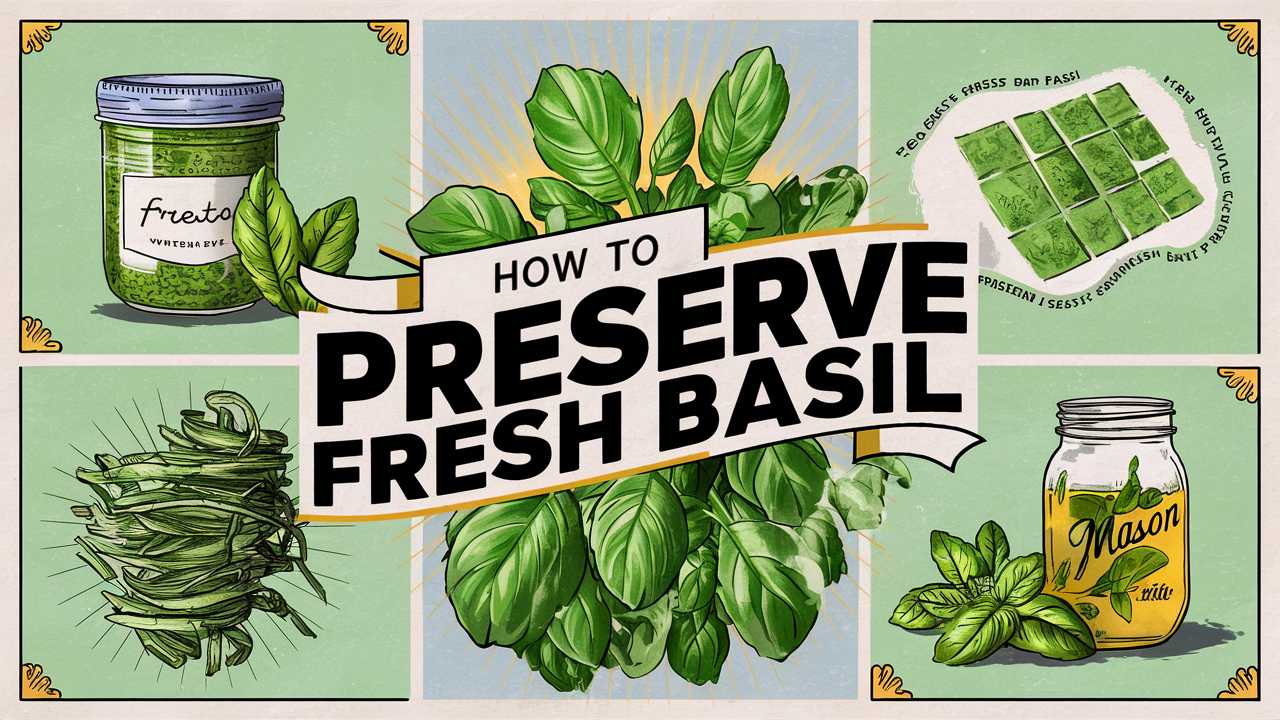Basil, the aromatic herb that often graces the gardens and kitchens of many home cooks, is a culinary gem beloved for its vibrant flavor and myriad applications. Yet, the challenge many face is how to preserve fresh basil beyond its peak season.
That’s what we’re here to explore in detail: the art of preserving basil, ensuring that this herb continues to enhance dishes of all kinds, even when it’s out of season.
Understanding Basil: A Brief Overview
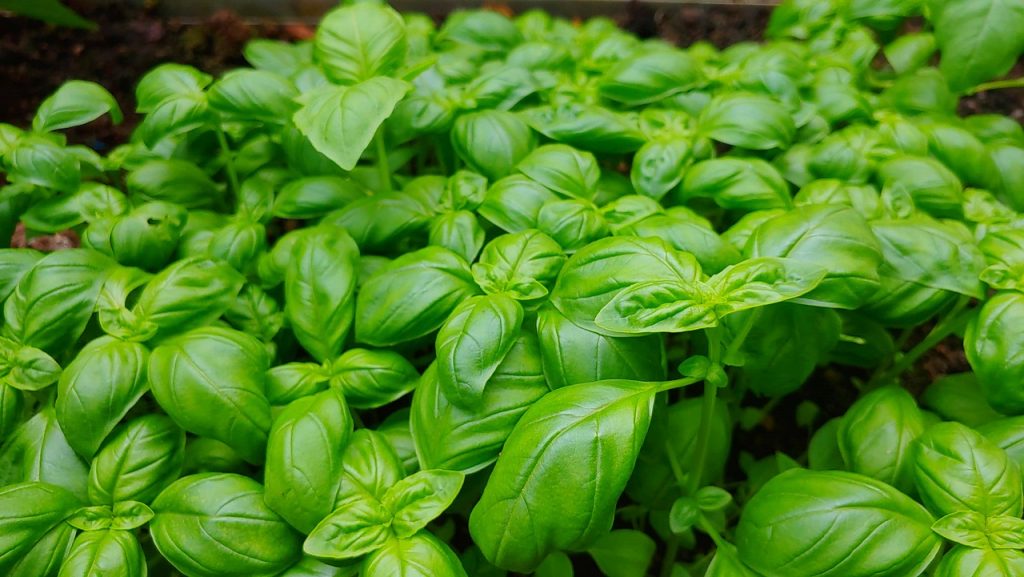
Before we dive into the preservation methods, let’s take a moment to appreciate basil itself. Originating from tropical regions of Asia and Africa, basil is part of the mint family. Its distinct, sweet aroma can invigorate any dish, from a simple Caprese salad to a robust pasta sauce. There are numerous varieties of basil, including sweet basil, Thai basil, lemon basil, and purple basil, each with its unique flavor profile.
Fresh basil shines in summer months when it’s abundant. However, as seasons change, so does our access to this fragrant herb. So, understanding the nuances of different basil types can help choose the right preservation method, as some varieties hold their flavor better when dried, while others are excellent for freezing.
Why Preserve Fresh Basil?
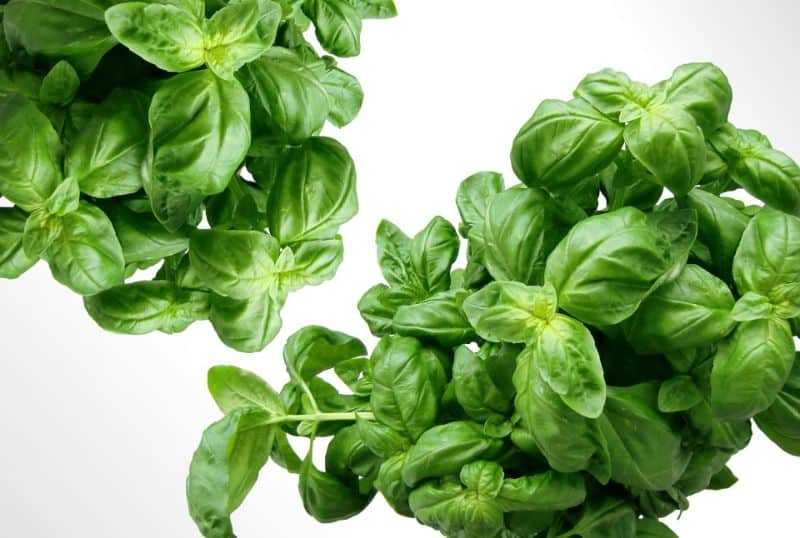
The question arises: why go through the effort of preserving basil? For many culinary enthusiasts, basil is not just an herb; it’s a source of inspiration, a crucial element in numerous dishes. Preserving basil allows you to maintain its fresh flavor and aroma through slow months or even throughout the year. It enables you to savor summer flavors during winter, making it a worthy endeavor for not only culinary exploration but also for nutritional and economical reasons. Reducing waste and enjoying homegrown herbs well past their harvest are both gratifying.
Harvesting Fresh Basil
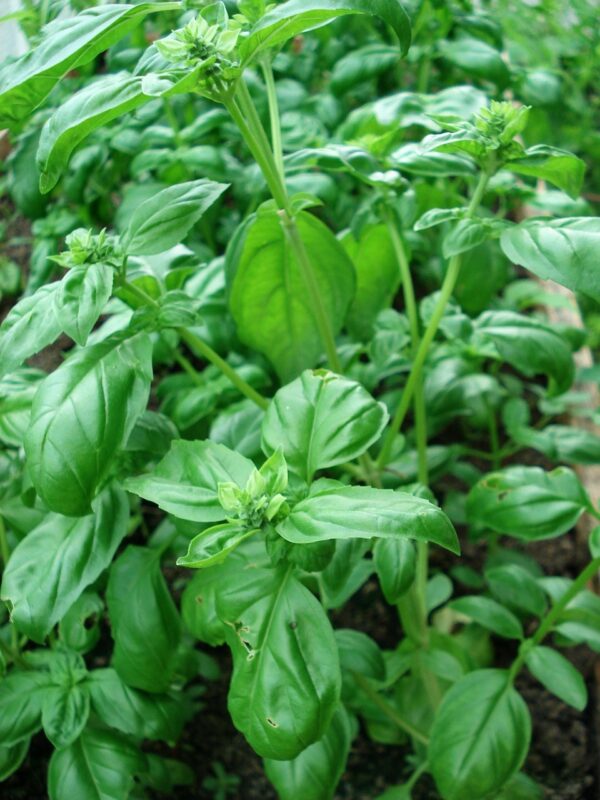
Properly harvesting basil is the first step to successful preservation. Before we preserve, we should ensure that we are selecting the best quality herbs. Here’s how to do it right:
Choose the Right Time: The best time to harvest basil is in the morning after the dew has evaporated but before the heat of the day set in. This ensures that the essential oils are at their peak, which are crucial for flavor.
Use Clean Tools: Always use clean and sharp scissors or shears. This prevents the risk of introducing bacteria or damaging the plant.
Select the Right Leaves: Choose bright green leaves that are plump and healthy. Avoid any yellowing or browning leaves as they may carry the risk of spoilage.
Cutting Techniques: Cut stems about an inch above a leaf node. This encourages the plant to continue growing and producing more leaves.
A friend of mine once shared a beautiful anecdote about her family garden, recounting how the act of harvesting basil has become a cherished ritual. Armed with scissors and an apron, she and her children gather around the plants, enjoying the scents and the experience, capturing the spirit of summer every time they make a basil dish, reminding us that the journey begins before we even think about curing this delightful herb.
Preparation for Preservation
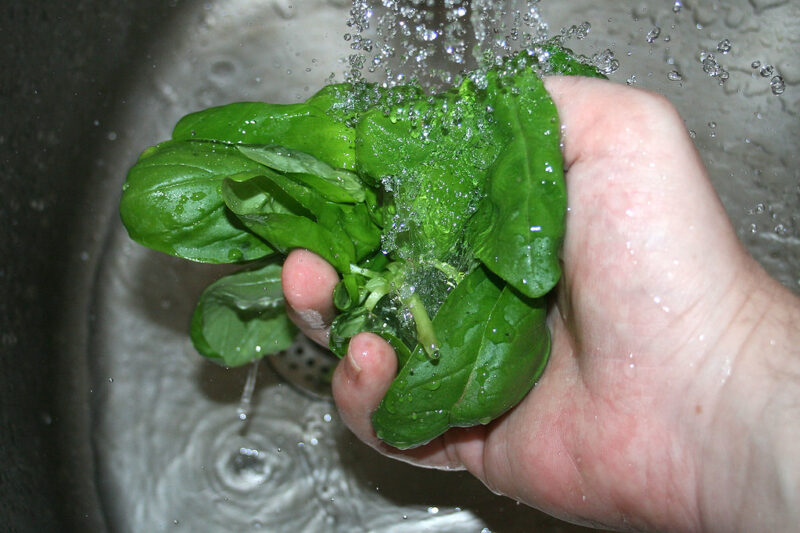
Once you’ve harvested your basil, the next step is preparing it for preservation. Here’s how to make the most of your fresh basil before storing it.
Washing: Gently wash the basil leaves under cool water to remove any dirt or insects. Be cautious to avoid bruising them, as bruising can release the oils prematurely.
Drying: After washing, pat the leaves dry with a clean towel or use a salad spinner. Excess moisture can lead to molding during storage, so ensure they’re as dry as possible.
Take a moment to appreciate the aromatic experience during this preparation phase. Basil’s natural scent can awaken the senses, transporting you to sunny summers even in the bleak mid-winter.
Methods for Preserving Fresh Basil
There are several techniques to preserve basil effectively. Each method has its pros and cons, and your choice may depend on how you plan to use it in the future. Below, we explore several popular methods.
Freezing Basil
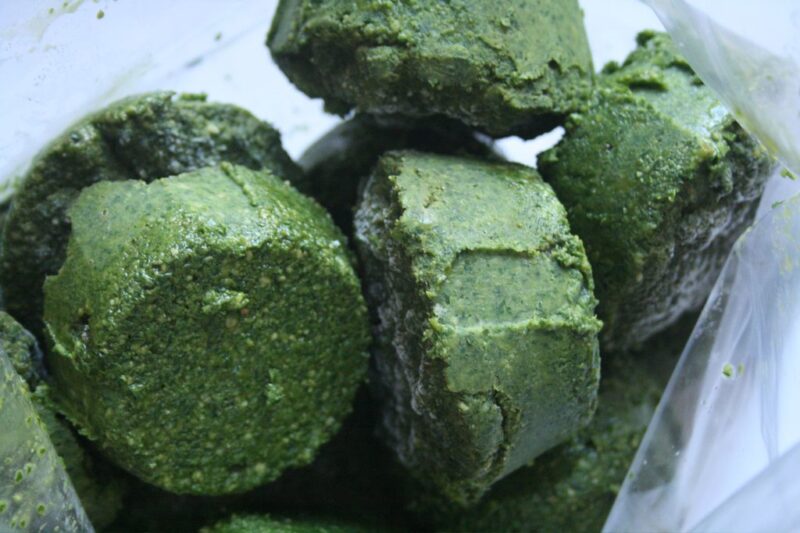
Freezing is one of the most common methods for preserving basil, and for good reasons—it retains flavor exceptionally well and is incredibly straightforward. Here’s how to freeze basil properly:
Whole Leaf Freezing: After washing and drying, place the basil leaves in a single layer on a baking sheet. Freeze for about two hours, then transfer the frozen leaves into freezer-safe bags, removing as much air as possible. This method allows you to use whole leaves directly from the freezer.
Chopped Basil in Ice Cubes: For convenience, consider chopping your basil and mixing it with water or olive oil in an ice cube tray. Once frozen, these cubes can be popped out and added to soups, stews, or sauces directly, bringing that fresh taste to your meals instantly.
Basil Purees: Blend the basil with a little olive oil to create a smooth paste. Pour this mix into ice cube trays and freeze. This method is particularly handy for recipes that call for basil, as you can use the cubes directly in cooking.
Drying Basil
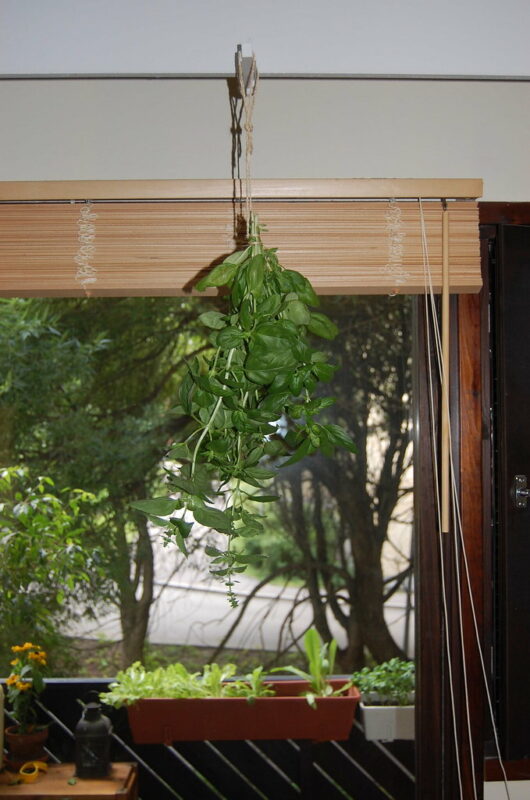
Drying basil is a time-honored method that enhances its concentrated flavor. Dried basil is ideal for seasoning and can last for several months when stored properly.
Air Drying: Gather basil stems and tie them together with string or rubber bands, ensuring to leave some space for air circulation. Hang them upside down in a warm, dark, and dry place for 1-2 weeks until the leaves crumble easily.
Oven Drying: Preheat your oven to the lowest setting (around 170°F/77°C). Spread the leaves on a baking sheet in a single layer and place them in the oven with the door slightly ajar. Check regularly to prevent burning, and allow them to dry for about 2-4 hours.
Dehydrator: If you own a dehydrator, this is an efficient way to dry basil while retaining its flavor. Follow the manufacturer’s instructions for herbs.
After drying, make sure to crush or leave your basil leaves whole, depending on your preference, and store them in airtight containers in a cool, dark place.
Basil Oil
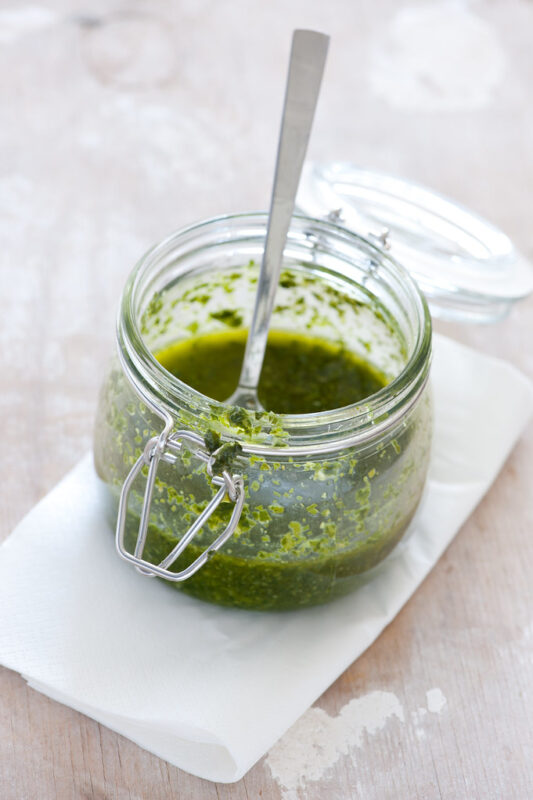
Infusing oil with basil can yield a fragrant addition to your culinary repertoire. It can be used for drizzling, salad dressings, or as an ingredient in sauces.
Cold Infusion: Combine fresh basil leaves and a neutral oil (like olive or canola) in a jar, allowing it to sit in a cool, dark place for a week. Strain the oil through cheesecloth to remove the leaves and transfer it to a clean bottle.
Hot Infusion: Gently heat basil leaves in olive oil on the stove (making sure it doesn’t reach a simmer) for about 30 minutes. Cool and strain as directed for cold infusion.
Basil oil tends to be more concentrated, so it’s advisable to use it sparingly to enhance dishes without overpowering them.
Pesto Preservation
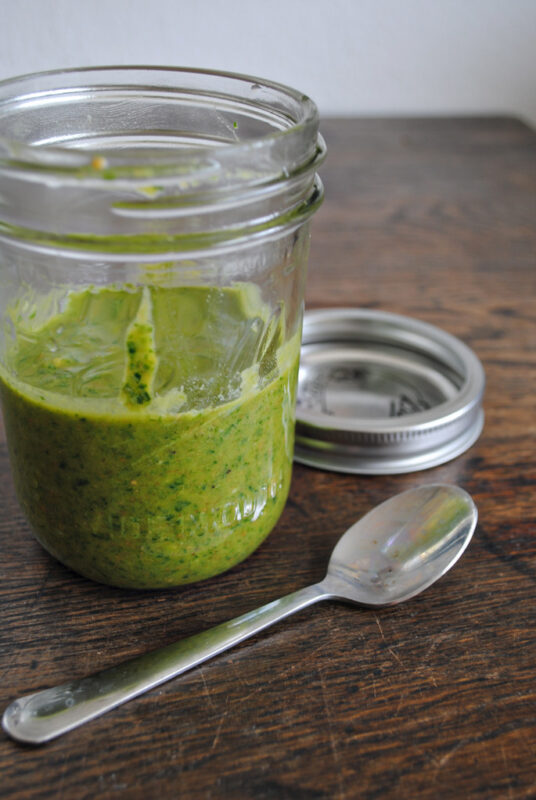
Basil pesto is a beloved culinary creation that’s incredibly versatile. Preserving pesto allows you to enjoy the vibrant flavor of basil year-round.
Freezing Pesto: Freeze pesto in ice cube trays, just as you would with basil purees. Once frozen, transfer them into a freezer bag for later use.
Canning: If you’re feeling adventurous, consider water-bath canning your pesto. Ensure you follow safe canning practices, making adjustments for acidity, especially if you’re adding cheese or other perishable ingredients. A good rule of thumb is to make and freeze your pesto since the oil can go rancid if stored for too long.
One summer, a friend and I made a giant batch of pesto from her garden’s bounty, filling jars and ice trays to use throughout the year. The joy of standing together, blending and tasting, underscored how food preservation can bond friends and preserve memories.
Storing Preserved Basil
No preservation is complete without proper storage, which ensures that the efforts we put in yield maximum flavor and freshness.
Freezer Storage
When storing basil in the freezer:
Use airtight freezer bags or containers to prevent freezer burn.
Label each bag with the date of storage and the intended use—knowing what you have will make meal prep more efficient.
Dried Basil Storage
For dried basil:
Choose dark glass or opaque containers that limit light exposure.
Store them in a cool, dry place away from direct sunlight. A pantry shelf or spice cabinet is perfect.
Ensure that the containers are tightly sealed to avoid moisture ingress.
Pesto and Basil Oil Storage
When storing pesto and infused oils:
Use clean, sterilized containers to maintain freshness.
For oils, consider adding a few fresh basil leaves on top before sealing to enhance flavor and maintain freshness.
Keep pesto and oils in the refrigerator for short-term use, but freeze for long-term preservation.
The Culinary Applications of Preserved Basil
Now that you’ve preserved basil, what can you do with it? The possibilities are almost endless.
Add to Soups and Stews: Toss in some frozen basil cubes or a spoonful of pesto for a flavor boost.
Dressings and Marinades: Use basil oil to dress salads or as a marinade base for meats and vegetables.
Pizza and Pasta Dishes: Rehydrate dried basil in your sauces or sprinkle it over pizzas before cooking.
Flavorful Dips: Mix some pesto with cream cheese or ricotta for a quick, gourmet dip.
A family recipe book passed down through generations has become a treasured item in my home, filled with notes from my grandmother. Every time I incorporate preserved basil into pasta sauce from that book, it feels like I’m cultivating my heritage, sharing stories from my kitchen to the dinner table.
Conclusion: Embracing the Art of Preservation
In the end, preserving fresh basil is not merely a means to store a beloved herb; it’s an extension of your culinary creativity and a way to nurture your relationship with food. Just as the act of harvesting basil can bond family and friends, so too can the preservation methods serve as a bridge between seasons, bringing summer’s warmth into the coldest of winters.


